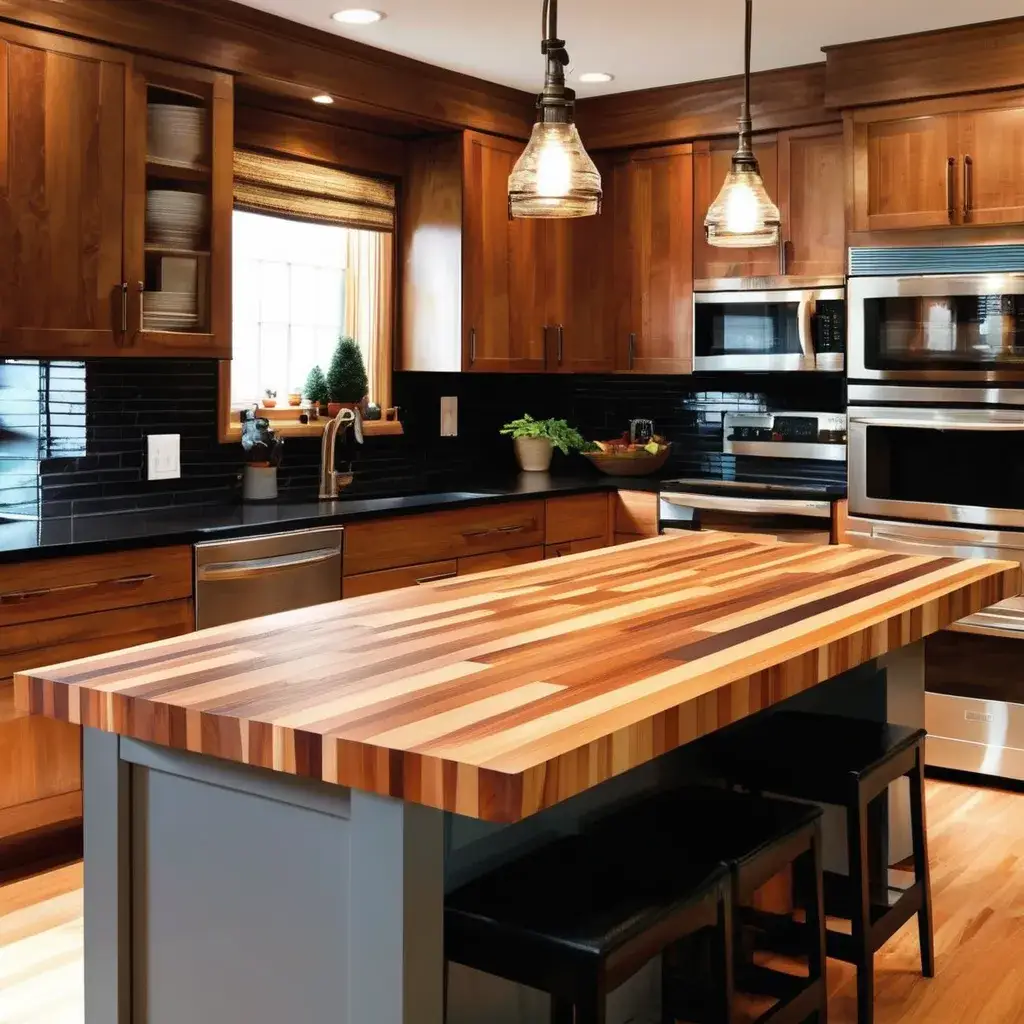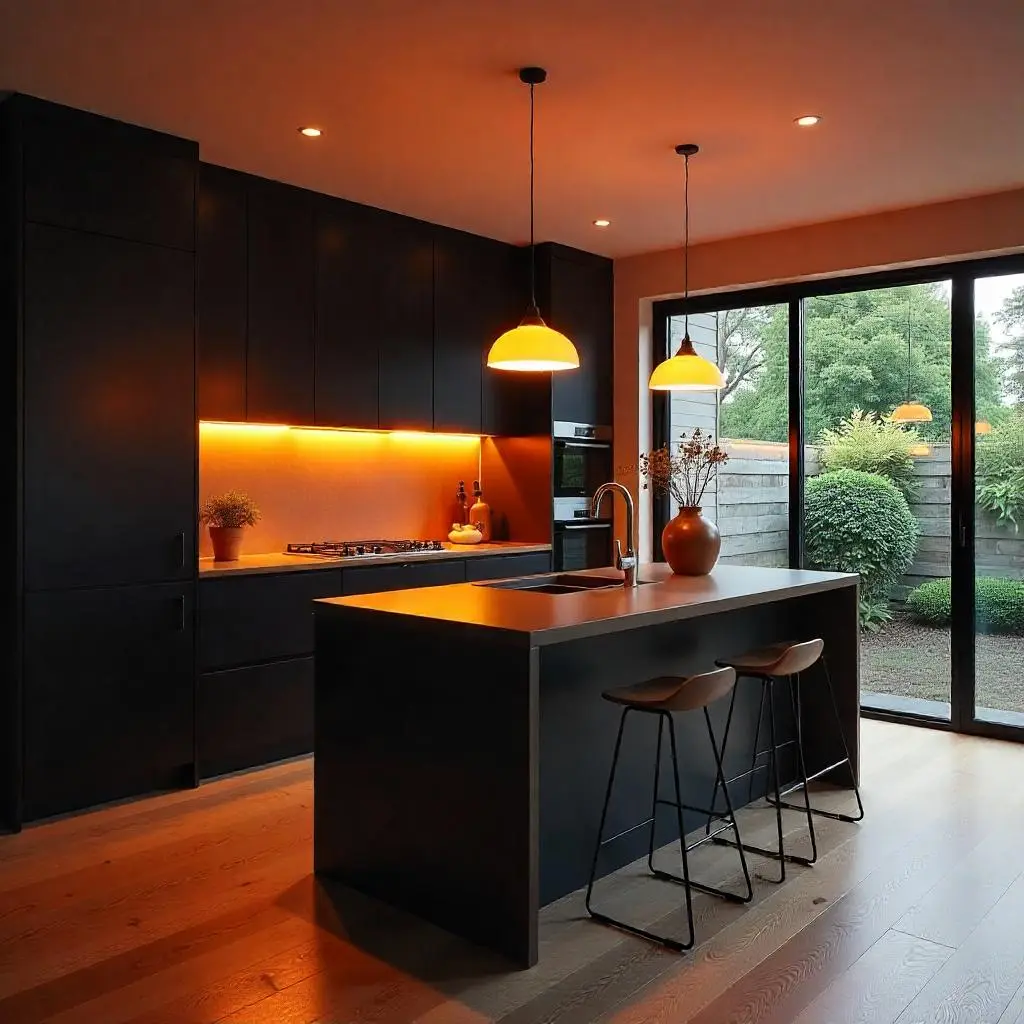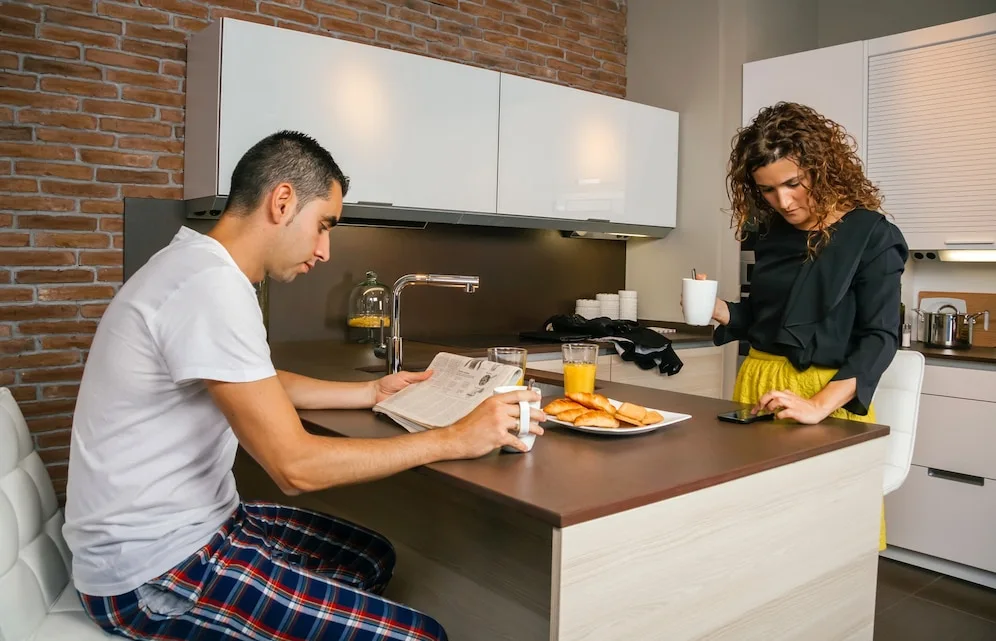Cabinet Refacing vs Painting: Which Is Right for You?
You want a fresh kitchen look without the high cost of a full replacement. The biggest decision you face is choosing between cabinet refacing vs painting your existing cabinets. The direct answer is that cabinet refacing offers better durability and a long-term style change. Professional cabinet painting is the quickest refresh and the most cost effective choice. Your final decision rests on your budget, the condition of your cabinet box, and how long you plan to stay in your home. We break down the professional process for both options. This will help you make a smart long term investment in your home. Table of Contents What Is Cabinet Refacing? Cabinet refacing involves replacing your cabinet doors, drawer fronts, and hardware while keeping your existing cabinet boxes in place. Think of it as a complete exterior makeover for your kitchen without the mess and cost of full replacement. The process leaves your kitchen layout exactly as it is. Your cabinet boxes stay put, but everything visible gets upgraded. New veneer covers the cabinet frames, new doors hang in place of the old ones, and fresh hardware completes the transformation. This approach works best when your cabinet boxes are structurally sound but the style no longer fits your taste. We’ve completed over 200 cabinet projects in San Diego County since 2018, and refacing makes sense for about 60% of homeowners who contact us. San Diego’s coastal climate actually makes refacing a smart choice. The marine layer and salt air can damage painted surfaces over time, but quality veneer materials stand up better to moisture. Homes within three miles of the coast see the biggest benefit from refacing over painting. Average costs in San Diego for 2025: Small kitchen (10-12 linear feet): $3,200-$4,800 Medium kitchen (15-20 linear feet): $5,200-$6,800 Large kitchen (25+ linear feet): $7,200-$8,500 These prices include labor, materials, and new hardware. Add $800-$1,500 if you want soft-close hinges and premium handles. Cabinet Refacing Process The refacing process takes 3-5 days for most San Diego kitchens. Here’s exactly what happens: Day 1: Assessment and Prep A contractor measures your existing cabinets and checks the structural soundness of your cabinet boxes. Any water damage or loose joints get repaired before refacing begins. In San Diego, we often find moisture issues in homes near the coast that need fixing first. Day 2: Removal Old cabinet doors come off, along with drawer fronts and all hardware. The cabinet frames get thoroughly cleaned and degreased. Years of cooking oil and grime must come off completely for veneer to stick properly. Day 3: Veneer Application New veneer panels cover all visible cabinet frame surfaces. This step requires precision because any gaps or bubbles will show. Quality contractors use 3D laminate or wood veneer that matches your new doors perfectly. Day 4-5: Installation New cabinet doors and drawer fronts go on with fresh hinges. New hardware gets installed last. Everything gets adjusted so doors close flush and drawers glide smoothly. The whole process creates minimal dust compared to a full replacement. You can usually cook dinner by day three, though contractors prefer you wait until everything is fully installed. San Diego permits typically aren’t required for refacing since you’re not changing the structure. However, some HOAs in communities like Rancho Bernardo and Carmel Valley have design review requirements for exterior work if your kitchen is visible from the street. Cabinet Refacing Options You have several material choices when refacing your kitchen cabinets: 3D Laminate The most popular choice in San Diego right now. This material uses high-resolution photography sealed under a protective clear coat to create realistic wood grain textures. It resists moisture better than real wood and costs 30-40% less. Perfect for coastal homes where humidity is a concern. Real Wood Veneer Maple, oak, and cherry veneers give you authentic wood grain at a fraction of the cost of solid wood doors. These work beautifully in Spanish-style homes common throughout San Diego neighborhoods like Mission Hills and North Park. The natural wood adds warmth that fits traditional architecture. Thermofoil A thin plastic coating bonded to MDF. This option is falling out of favor because it can peel in hot kitchens. San Diego summers get hot, and thermofoil doesn’t hold up as well as 3D laminate. Rigid Thermofoil (RTF) More durable than standard thermofoil. The material wraps around cabinet frames for a seamless look. It resists moisture well and costs less than wood veneer, making it a middle-ground option for budget-conscious homeowners. You can also upgrade your kitchen cabinets with these extras: Glass inserts for upper cabinets ($150-$300 per door) Crown molding for a custom look ($200-$600) Pull-out shelves inside existing cabinet boxes ($100-$200 each) Under-cabinet lighting ($300-$800) Pros and Cons of Cabinet Refacing Metric Pros of Cabinet Refacing Cons of Cabinet Refacing Aesthetics Complete style change (e.g., from outdated to modern). New door style and finish. Cannot change the physical layout of your kitchen cabinet. Durability High: Materials like HPL and 3D laminate are extremely long-lasting (15-20 years). Higher upfront cost than painting kitchen cabinets. Customization Excellent customization in door profiles and cabinet hardware. If you have failing cabinets, the cost can approach refacing or replacement territory. Time Less time-consuming installation than a full tear-out. Minimal disruption. Requires a professional installer due to the precision of veneer application. Is Your Cabinet Box Healthy? Before you decide on cabinet refacing vs painting, you must know if your underlying structures are sound. If your cabinets are failing, neither refacing nor painting is a suitable long term solution. A professional will assess these four points: Water Damage: If particle board or MDF boxes show signs of swelling, mold, or frame separation, you must opt for full replacement. Painting or refacing will only cover up a ticking time bomb. Structural Integrity: If shelves are sagging, drawer slides are mounted poorly, or the boxes wobble, the structure is compromised. Refacing does not fix structural issues. Functionality Needs: Do you need more storage or a completely different layout (e.g., adding an island
Cabinet Refacing vs Painting: Which Is Right for You? Read More »






